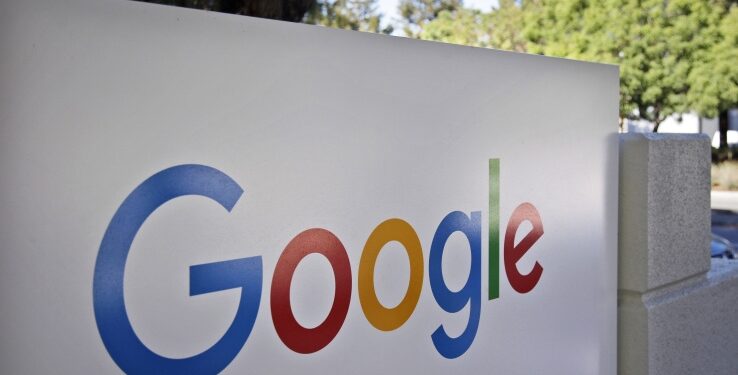This one concerns all of you who often search for images on Google. The search giant has made it a bit more difficult to get to full-sized images found in search, without actually visiting the sites they’re on.
Following a deal with Getty images, Google last week announced that it has now removed the “view image” and “search by image” buttons from image search results, making it harder for anyone to get images from sites, without visiting them.
The removal of the buttons means that users can’t just open full-sized images on their own, without actually visiting the sites where the images are found. It also means that if they do find a small version of an image, it’s become more difficult to search for its other sizes across the web. More difficult, yes, but not impossible.
Today we’re launching some changes on Google Images to help connect users and useful websites. This will include removing the View Image button. The Visit button remains, so users can see images in the context of the webpages they’re on. pic.twitter.com/n76KUj4ioD
— Google SearchLiaison (@searchliaison) February 15, 2018
That’s because the change is designed to annoy, rather than prevent. Right-clicking to open the image in a new tab, or clicking “view image” (or whatever else your chosen browser offers), will allow you to download an image as before. Also, you can of course still do a reverse image search – that’s essentially what the “search by image” button offered.
The buttons were very useful for users, but not so good for copyright owners, as users could simply search for an image, download it, and use it. If they couldn’t find the right size, they could just click on “search by image.” Simple. The removal of the buttons make this process more complicated, and thus less likely that people will do it.
Both publishers and photographers have complained that Google has made it really easy for people to steal their images with its search features. The removal of the buttons in this case, and the addition of clear copyright information on images, are two ways that Google’s trying to fix this.
wersm.com







